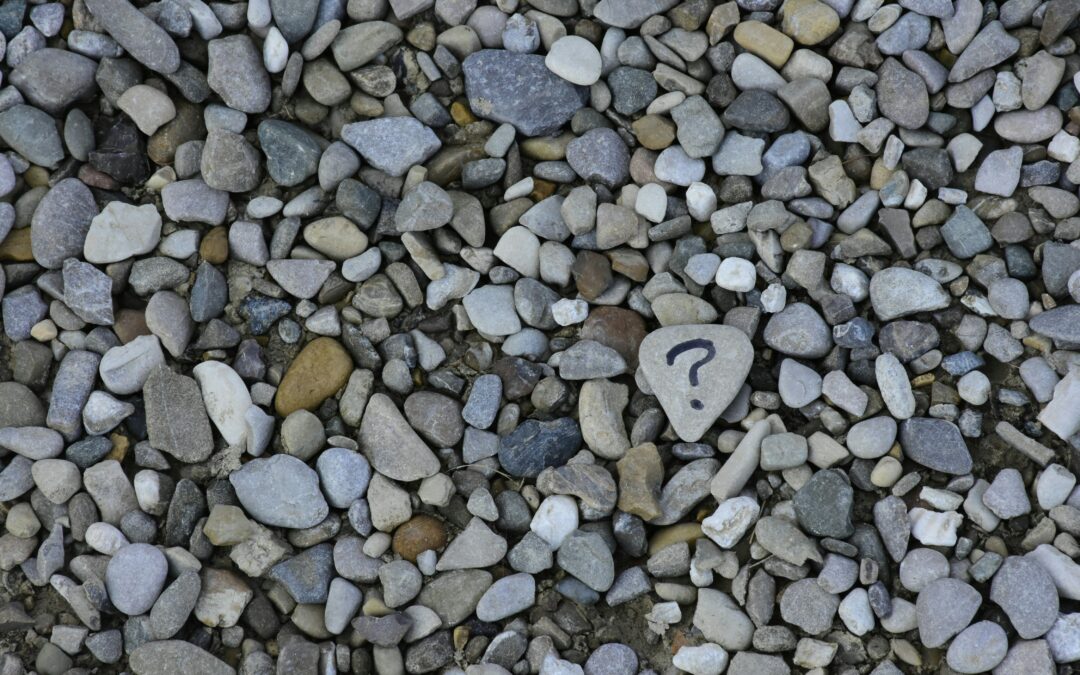This post explores: How eureka moments are not magical but the result of clear problem identification, thoughtful questioning, and forward thinking, which are crucial tools for builders navigating challenges and embracing industry changes.
Eureka!
Have you ever found yourself driving down the highway obsessing over a seemingly impossible problem Then, all of a sudden, you hear something on the radio, or see a billboard or a license plate, or an oddly dressed passenger in another car, and… Eureka! Suddenly, you have the solution to your problem, delivered to you via some random environmental cue.
The first time this happened I thought it was pretty miraculous. But, over the years, I started noticing patterns that allowed me to replicate these “Eureka” moments on a regular basis.
I still remember the specific event that gave me a small insight into this “Eureka” concept. At the time, I was a young Developer-Designer-Builder, creating increasingly unaffordable housing in the gentrifying northside neighborhoods of Chicago (Gold Coast, Lincoln Park and DePaul). And I was very anxious. A current project, a home in the Gold Coast, had a challenging deadline approaching. I had just lost the hardwood floor sub-contractor who was scheduled to start the next day. Unique hardwood floors had to be installed in over 90% of the square footage. I had a problem that was going to immediately impact the project schedule and, ultimately, my bottom line.
I found myself driving south on the Edens Expressway with no idea what I was going to do. As I was driving, a van pulled up in front of me. Printed on the back of the van was the name and number of a hardwood flooring contractor. I immediately pulled off the highway, found a phone (it was still the pre-cell phone era, and I refused to spring for a car phone), and called the contractor. Within a couple of hours, I had visited his office, made two reference calls, and made a deal. By 8:00am the next day hardwood flooring was delivered to the site.
This may not sound very important now, but for my former self this was the most important problem in the world for those few anxious hours.
Identifying Problems & Fomulating Good Questions
Over time, I realized that there were two things that facilitate these eureka moments:
- The problem should be clearly identified as early as possible—and, whenever possible, well before the solution(s) deadline
- The question that requires an answer needs to be clear and well-constructed.
As my career progressed, I tried to implement these principles in my work. I developed more checklist-type documents to organize the building process, and this allowed me to identify problems and formulate questions in the early stages of that process.
Problem Solving
You can’t always count on timely arrival of a eureka moment. However, you can incorporate these underlying principles into broad problem-solving strategies. For the sake of brevity, I’ll mention three:
- Brute Force: A problem can be identified and potentially resolved by applying brute force (a lot of focus, energy and resources). In this case, you examine the greatest number of possible solutions and systematically apply the most promising options for success. This is often a costly process.
- Crisis Solving: You can ignore the problem until it becomes a crisis and simply must be acted upon. The benefit of this approach is there are rarely many options to consider once it reaches the crisis point; however, the remaining options are often painful and extremely costly.
- Time and Questions: You can try to identify future challenges as early as possible, keep the relevant questions top of mind, and give yourself ample time to discover a solution (or have a solution burst upon you in a eureka moment).
Option #3, which is my preferred method of problem-solving, is an important ingredient within every successful design project.
Obviously, this is not a one size fits all choice. Different problems require different approaches. The key takeaway from the “Time and Questions” option is that making an effort to think into the future helps generate solutions at little or no cost.
Seemingly magical solutions “Eureka Moments” are not magical at all but simply the result of forward thinking and hard work!
Asking the right questions and thinking into the future, I would argue, are the most important problem-solving tools that builders have at their disposal. As the changes in the building industry accelerate, and the future becomes more complex, these two tools will become the key to keeping each of us competitive and successful.
